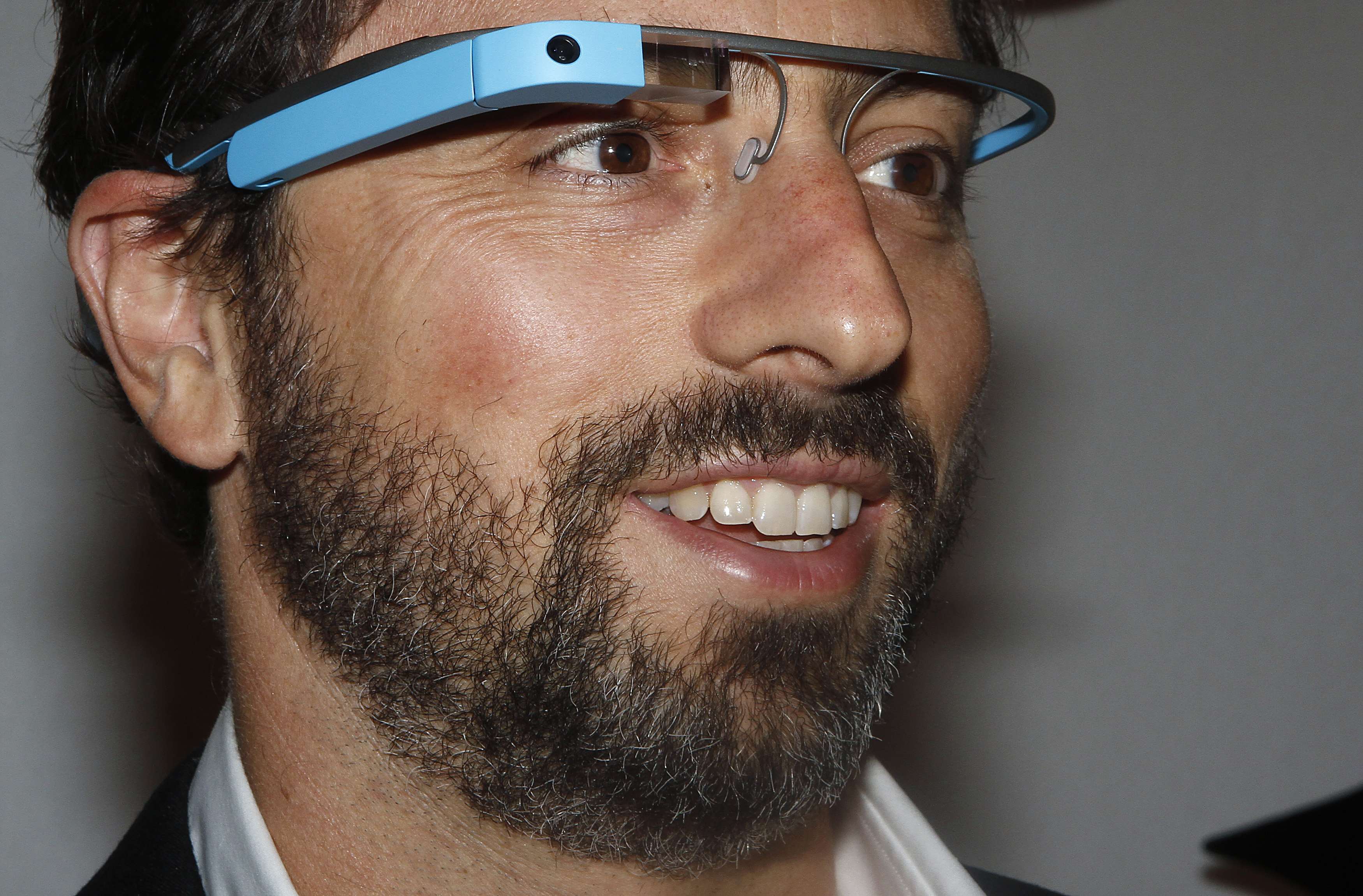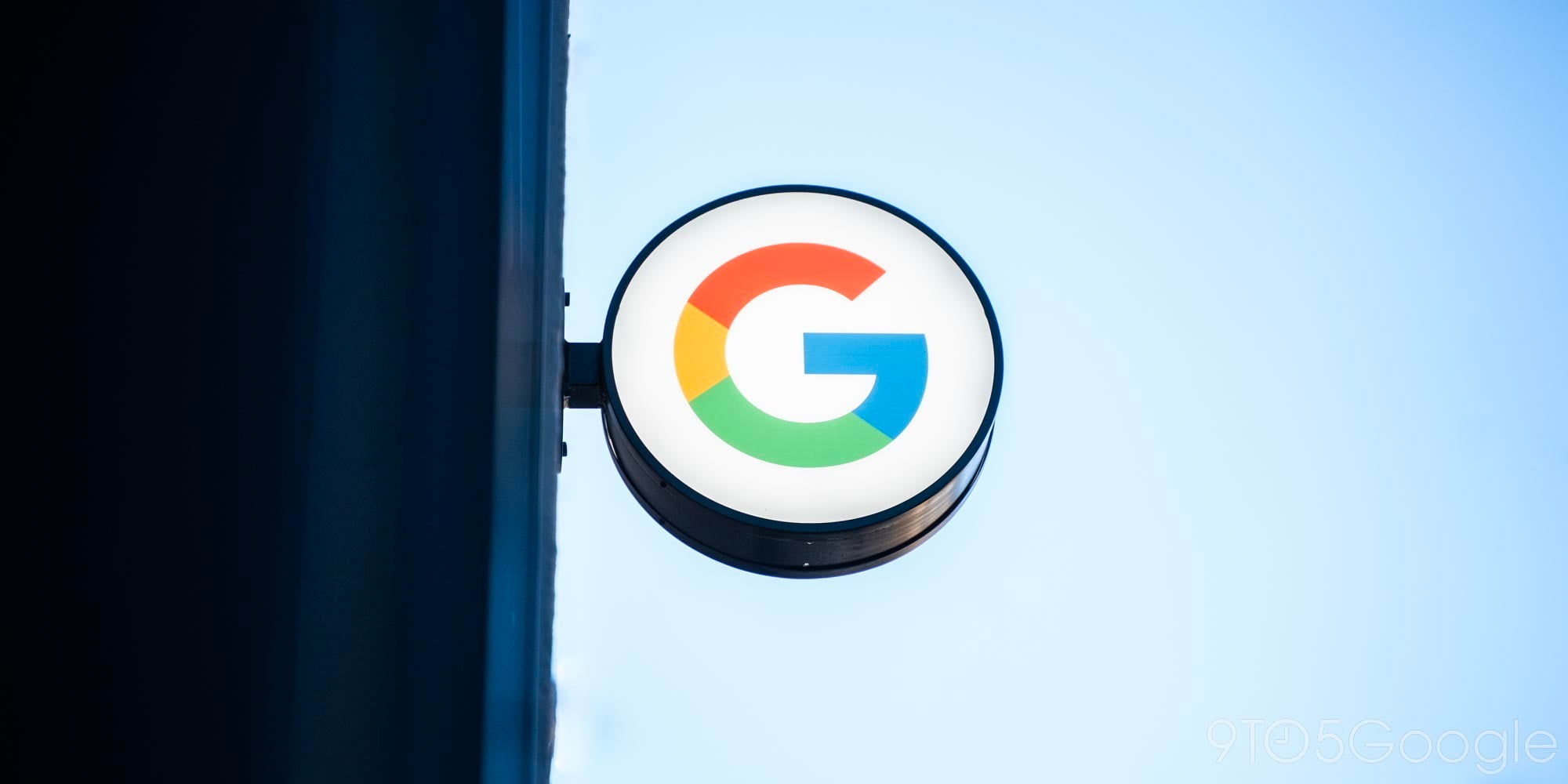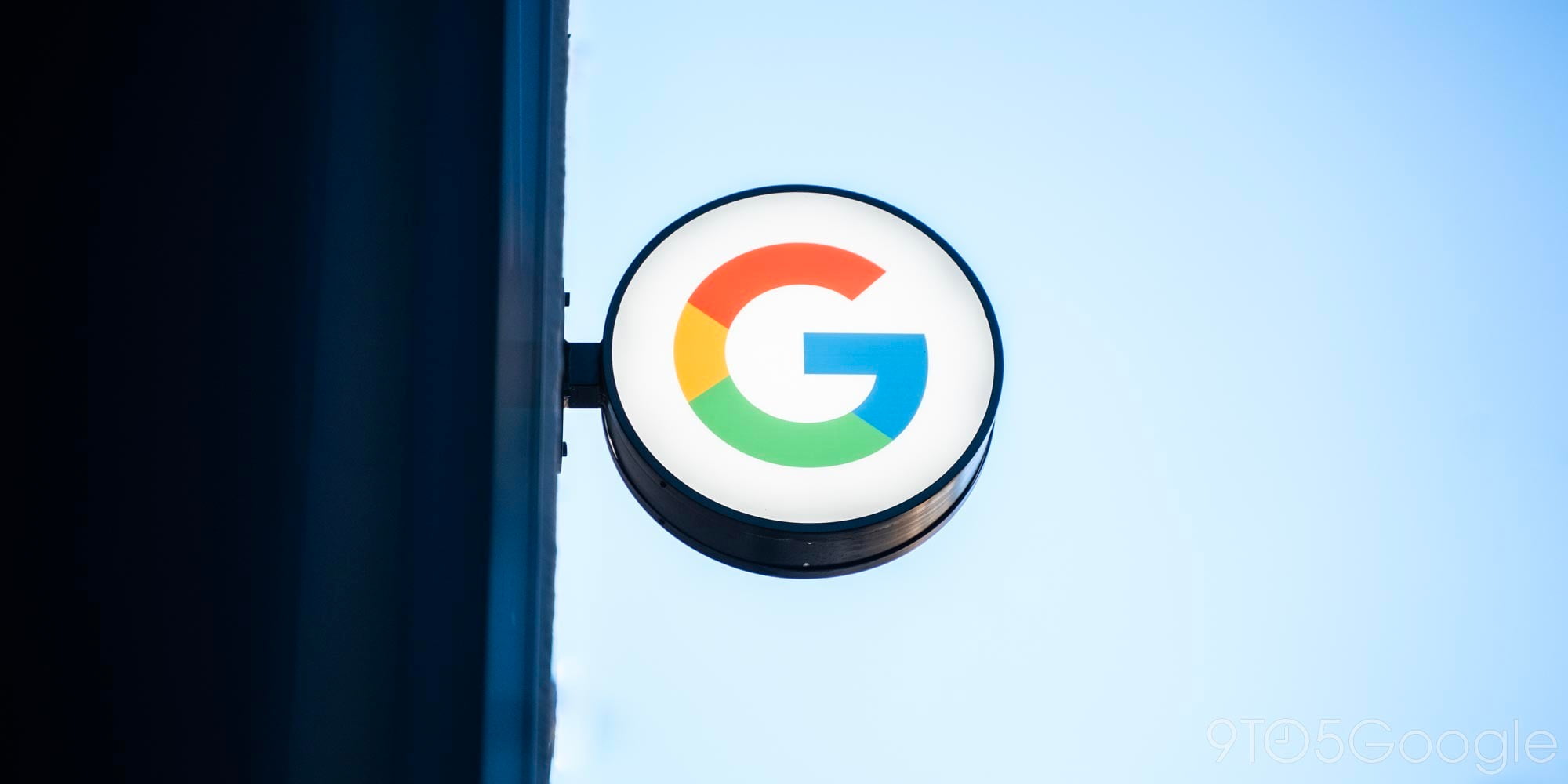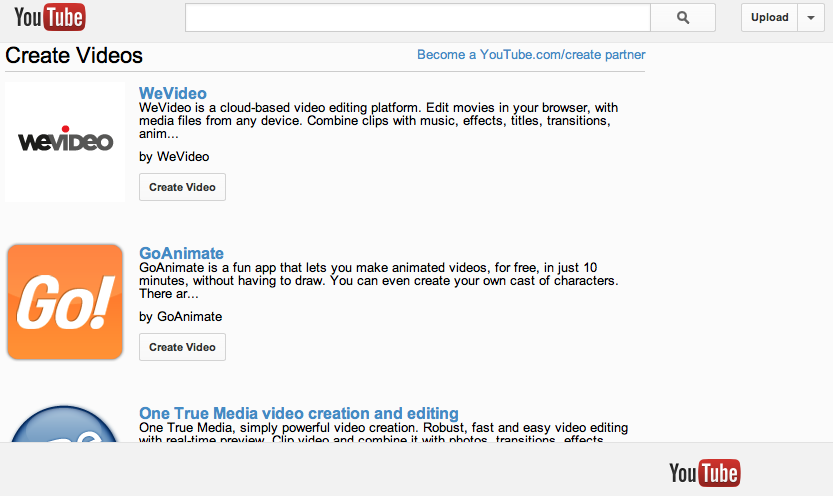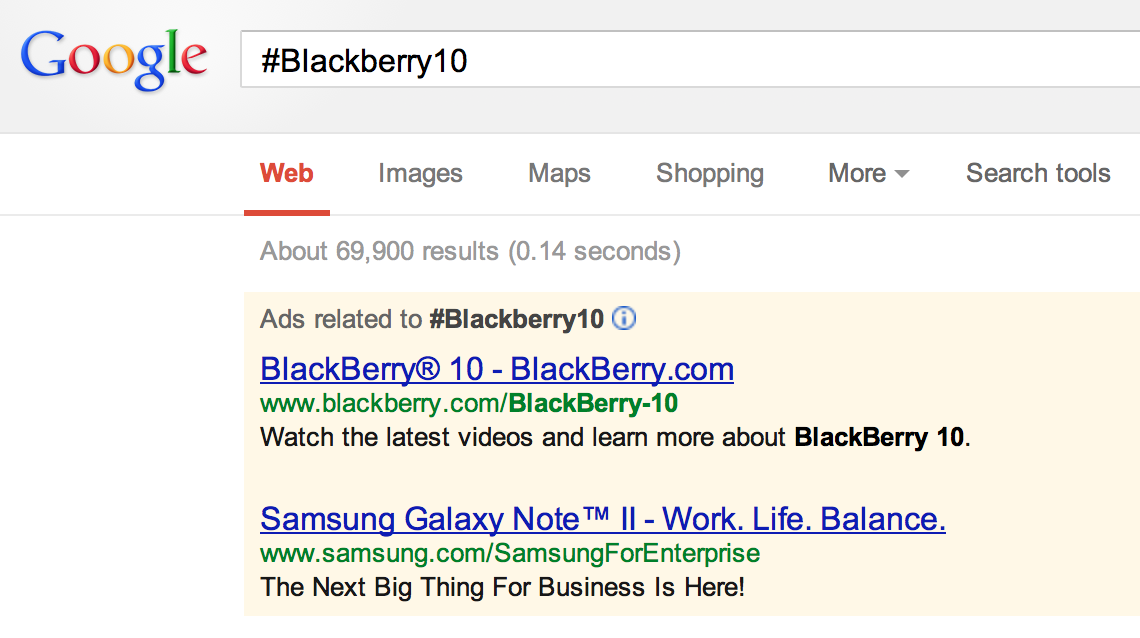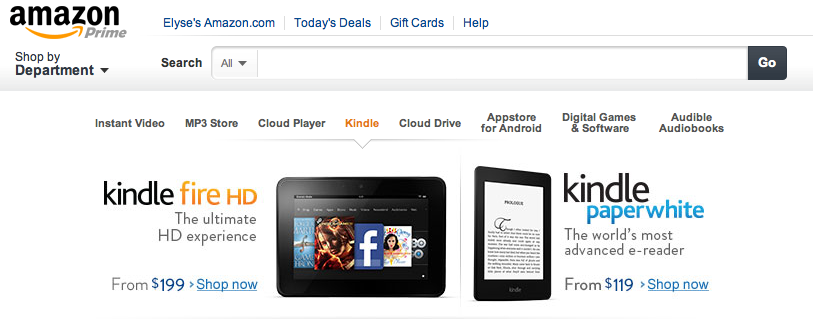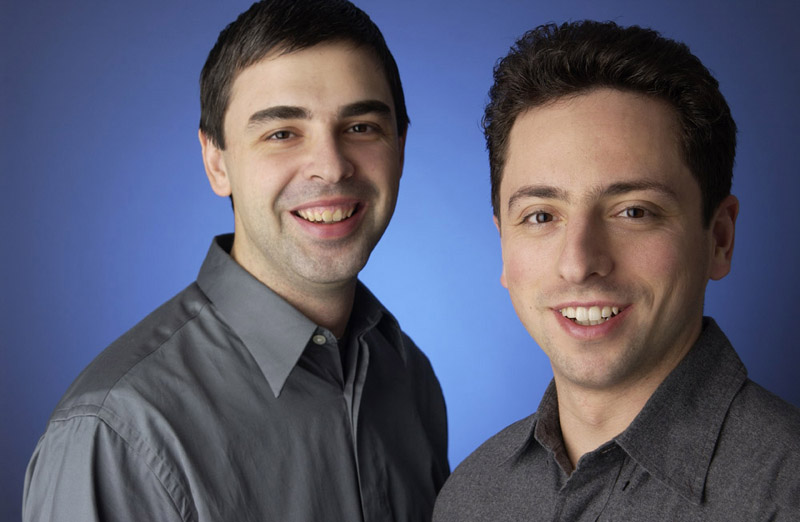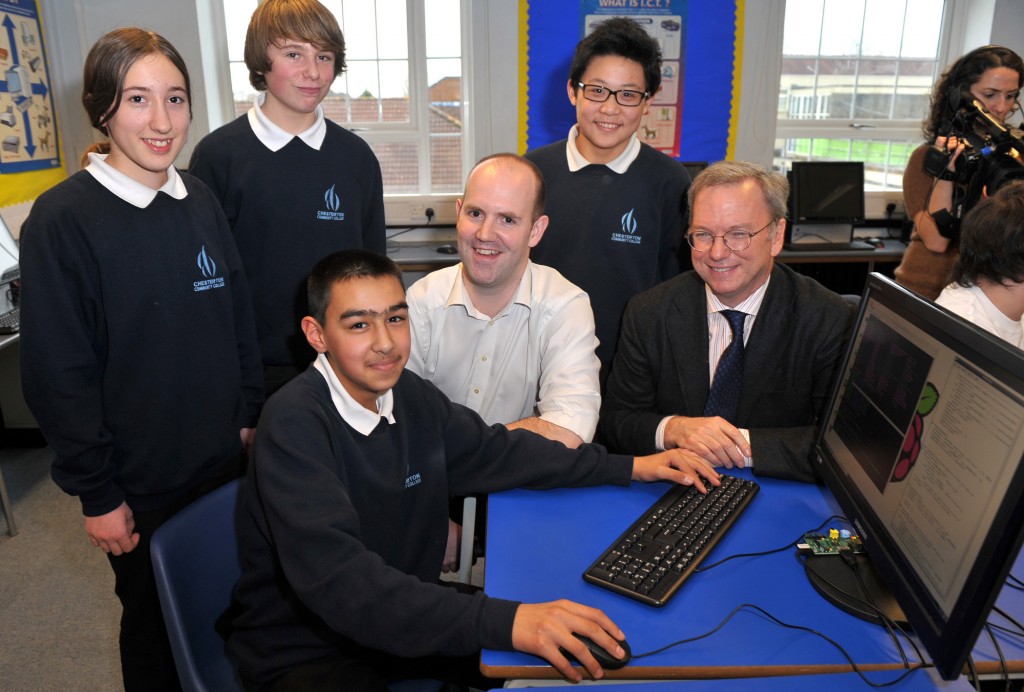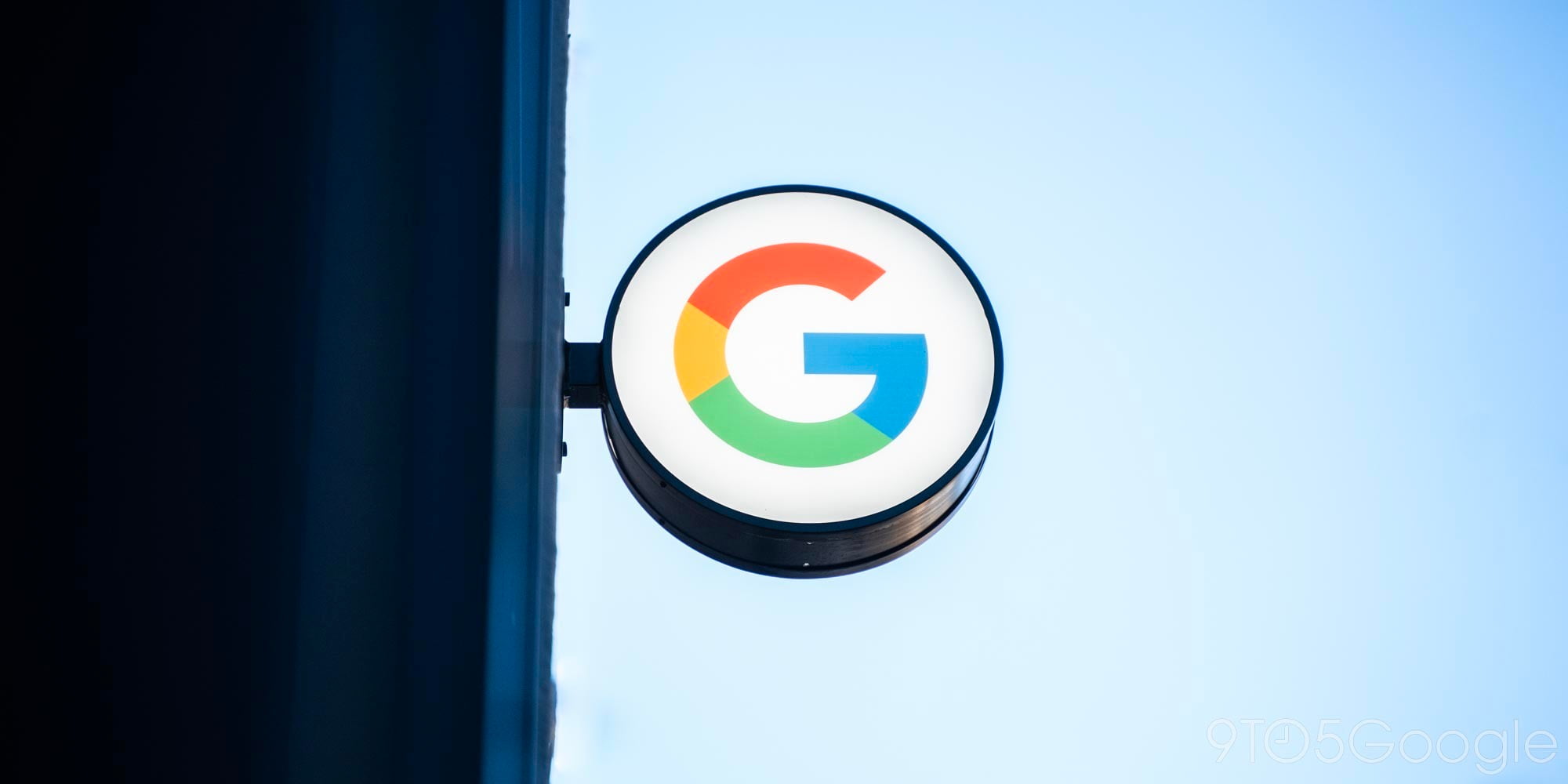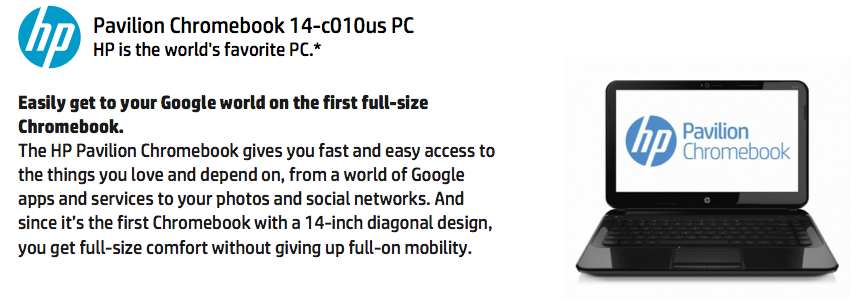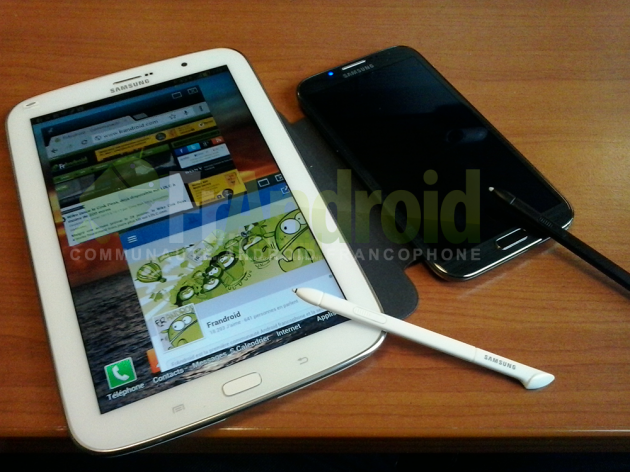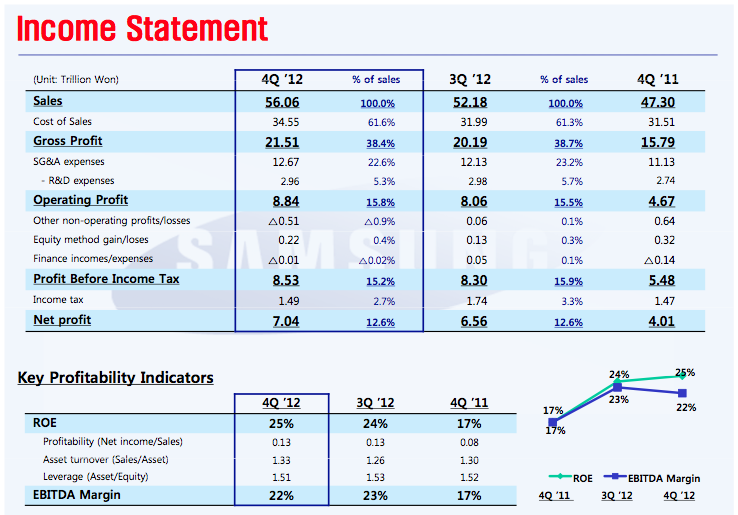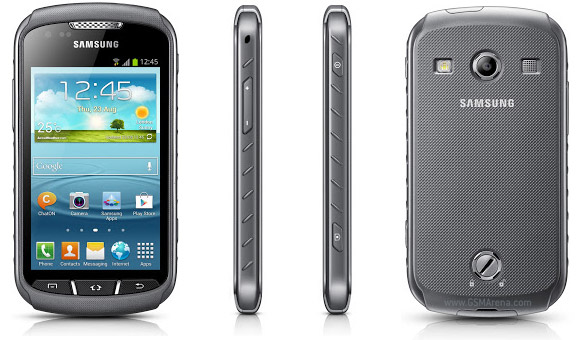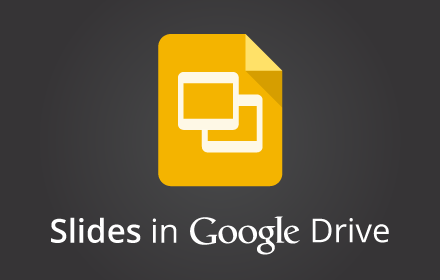The Federal Communications Commission just published official filings for Google Glass.
The documents give the first in-depth look at Google’s wearable headset, and, according to the filings, the Google Glass Explorer Edition —that Google cofounder Sergey Brin promised to developers at I/O last year— boasts a 2.4GHz 802.11 b/g Wi-Fi radio module by Broadcom and low-energy Bluetooth 4.0.
Check it out:
One filing further described the headset as having a USB charger—likely microUSB—for a charging method, but, as The Verge even noted, another document suggested a “barrel” connector instead.
One of the more interesting aspects described in the documents is an “integral vibrating element that provides audio to the user via contact with the user’s head.” Engadget assumed this technology relates to a bone conduction patent that surfaced in early January and depicts a wearable computing device with an indirect bone-conduction speaker.

